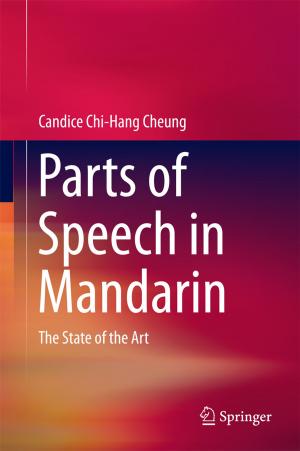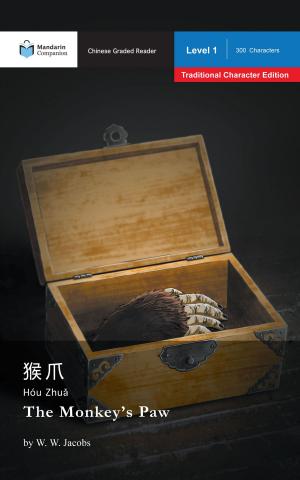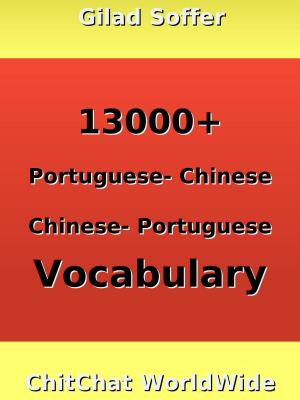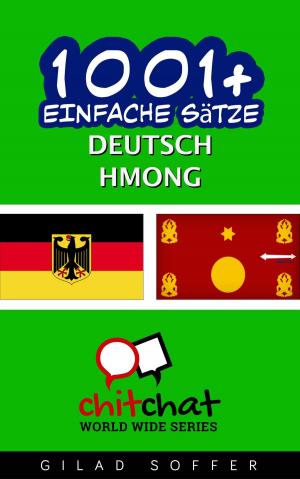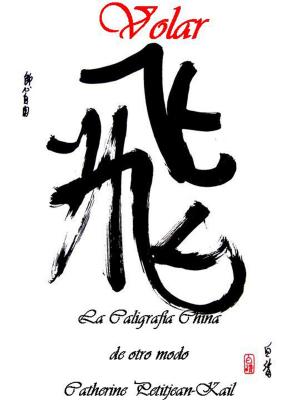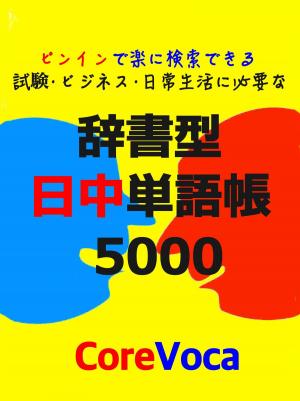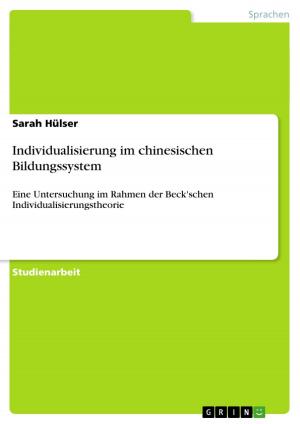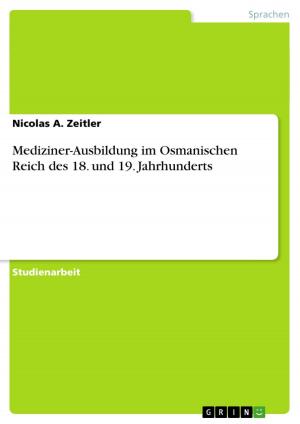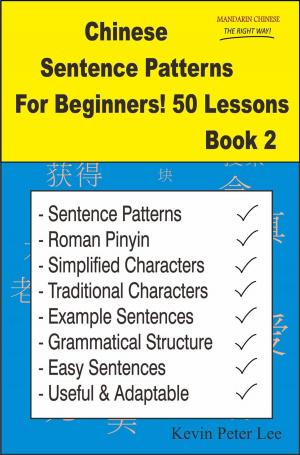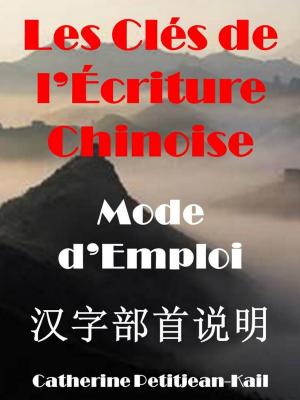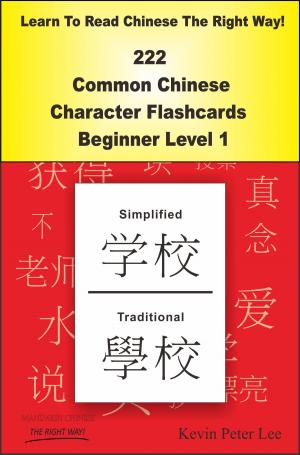Lu Xun "Mr. Fujino" - 鲁迅《藤野先生》
in simplified and traditional Chinese, with pinyin and other useful information for self-study
Nonfiction, Reference & Language, Language Arts, Reading, Reading Skills, Foreign Languages, Chinese| Author: | Lu Xun, Xiaoqin Dr. Su | ISBN: | 9783946611226 |
| Publisher: | RUDI Publishing House | Publication: | September 7, 2018 |
| Imprint: | RUDI Publishing House | Language: | English |
| Author: | Lu Xun, Xiaoqin Dr. Su |
| ISBN: | 9783946611226 |
| Publisher: | RUDI Publishing House |
| Publication: | September 7, 2018 |
| Imprint: | RUDI Publishing House |
| Language: | English |
In the prose Mr. Fujino, the great Chinese writer Lu Xun recalls his Japanese teacher Genkuro Fujino. When the author came to Japan in 1902, China was still an empire (Qing dynasty), and Japan was considered to be progressive for many young Chinese. His medical studies coincide with the Russo-Japanese war (1904/1905). Japan’s victory encouraged the rise of nationalism, and in 1937 Japan entered another war with China and then continued into the Second World War. It was in this politically heated situation that the student Lu Xun and his teacher met. Two decades later, with this prose, the pupil created a literary monument to the esteemed teacher.
* * * * *
The books in the collection »Read Chinese with Ms. Su« are aimed at advanced Chinese learners who are in the process of reading longer texts on their own.
The text Mr. Fujino (Series I) has approx. 3000 characters, which are initially reproduced in the book in large font size and with pinyin. The word boundaries, which are normally omitted in a Chinese text, are indicated. Below the text line you will find explanations on word meaning, grammar, etc.; at the right margin of the page you will find a summary of the paragraph.
On the left pages of the book, the same text is printed in traditional Chinese characters, so that those who have learned simplified Chinese will quickly be able to understand the traditional characters with a little practice and vice versa.
At the end of the book, the texts are reproduced in normal print, i. e. in smaller font size, without any other information, as they would be found in a book from mainland China or Taiwan.
In the prose Mr. Fujino, the great Chinese writer Lu Xun recalls his Japanese teacher Genkuro Fujino. When the author came to Japan in 1902, China was still an empire (Qing dynasty), and Japan was considered to be progressive for many young Chinese. His medical studies coincide with the Russo-Japanese war (1904/1905). Japan’s victory encouraged the rise of nationalism, and in 1937 Japan entered another war with China and then continued into the Second World War. It was in this politically heated situation that the student Lu Xun and his teacher met. Two decades later, with this prose, the pupil created a literary monument to the esteemed teacher.
* * * * *
The books in the collection »Read Chinese with Ms. Su« are aimed at advanced Chinese learners who are in the process of reading longer texts on their own.
The text Mr. Fujino (Series I) has approx. 3000 characters, which are initially reproduced in the book in large font size and with pinyin. The word boundaries, which are normally omitted in a Chinese text, are indicated. Below the text line you will find explanations on word meaning, grammar, etc.; at the right margin of the page you will find a summary of the paragraph.
On the left pages of the book, the same text is printed in traditional Chinese characters, so that those who have learned simplified Chinese will quickly be able to understand the traditional characters with a little practice and vice versa.
At the end of the book, the texts are reproduced in normal print, i. e. in smaller font size, without any other information, as they would be found in a book from mainland China or Taiwan.

